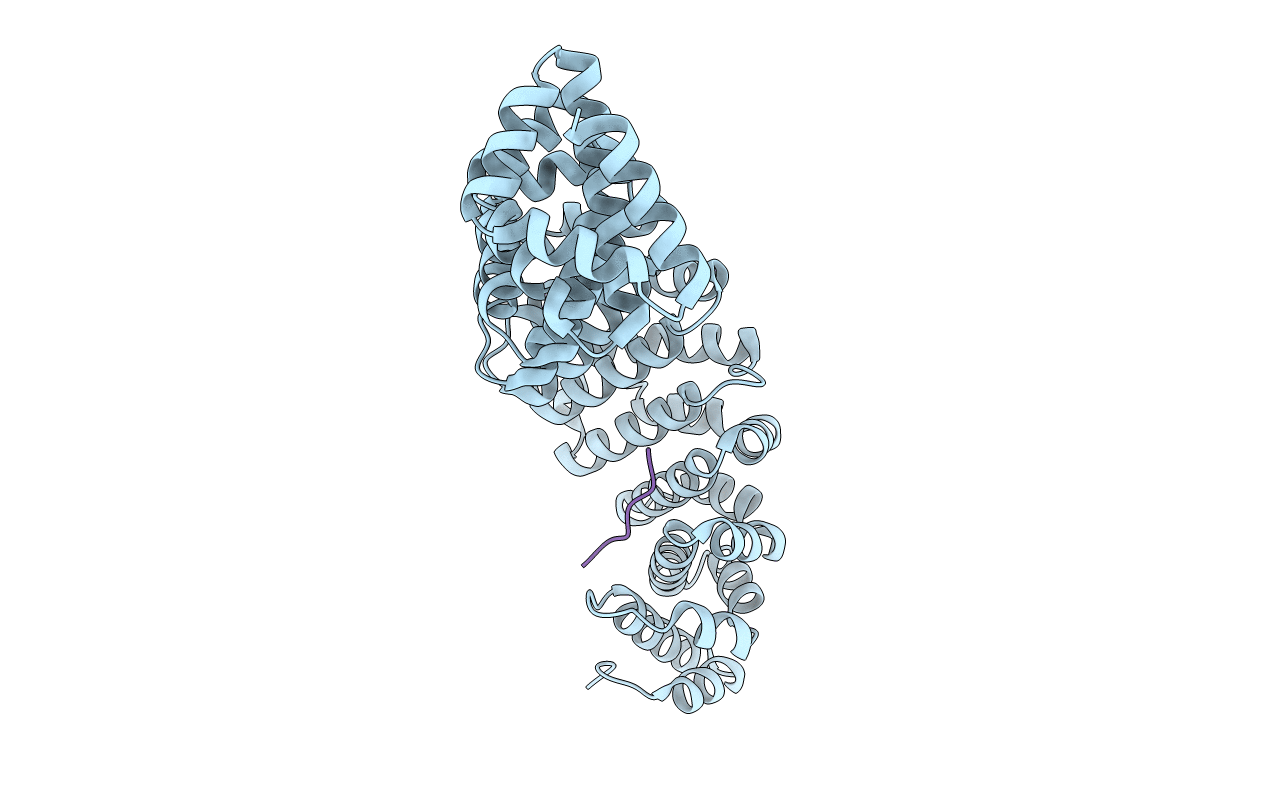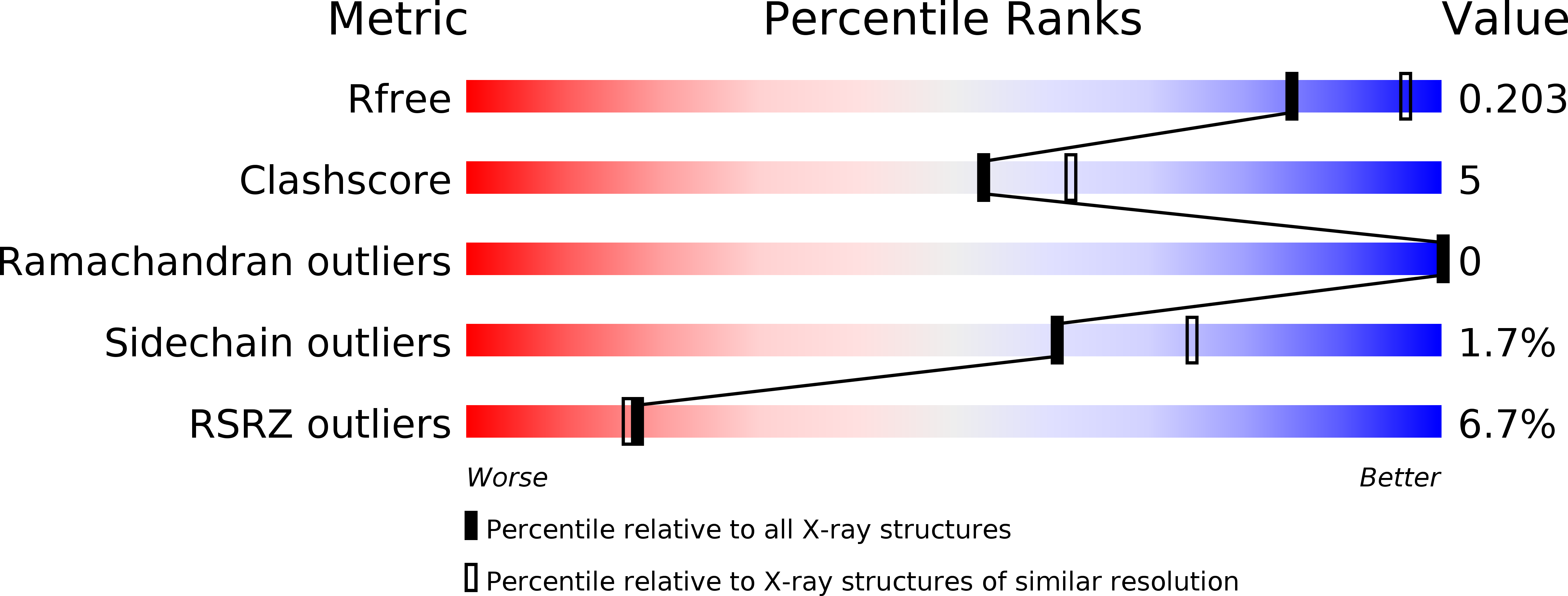
Deposition Date
2017-06-08
Release Date
2018-06-13
Last Version Date
2023-10-04
Entry Detail
PDB ID:
5W41
Keywords:
Title:
Zika MR766 NLS in complex with Importin alpha subunit-1
Biological Source:
Source Organism:
Mus musculus (Taxon ID: 10090)
Zika virus (strain Mr 766) (Taxon ID: 64320)
Zika virus (strain Mr 766) (Taxon ID: 64320)
Host Organism:
Method Details:
Experimental Method:
Resolution:
2.20 Å
R-Value Free:
0.20
R-Value Work:
0.17
R-Value Observed:
0.17
Space Group:
P 21 21 21


